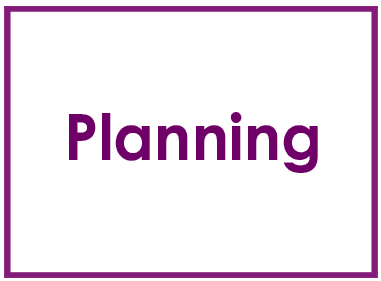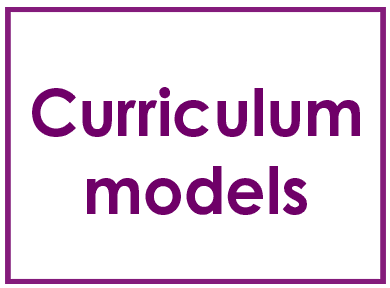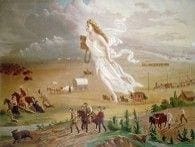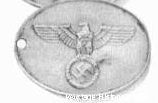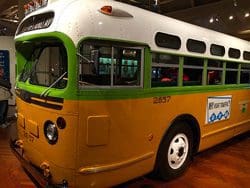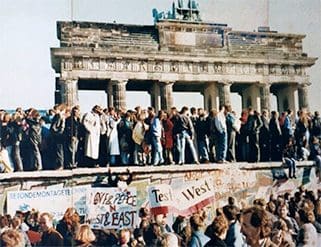
The first batch of lessons focuses on four examination favourites but each adds a different subtle twist that lifts the lesson and makes students much more active and involved in their learning.
The lesson on the economic prosperity of the 1920s encourages students to work out the reasons for the boom for themselves using well-chosen sources, before going on to evaluate a TV video and making suggestions for improvements to a GCSE answer.
The second, asks students to deconstruct a couple of cartoons on the 1932 election as a means of understanding the differences in policies between Democrats and Republicans and of evaluating Hoover’s legacy.
The third, sees students in role as Roosevelt’s campaign team deciding which issues to focus on in the lead up to the 1936 election. This invites students to reflect on his record from 1933-6 and to prioritise his achievements. They are then shown an actual copy of his manifesto which they can then compare with their own ideas. What surprises were there?
The fourth, takes a more negative view of the New Deal and asks students to put the New Deal in the dock. If they were the prosecution, how would they attack the New Deal? All students play an active part by becoming a witness, each using a different piece of source material to make their criticisms.
Great resources
Authentic History for a wide range of stimulating images, other than photographs.
Should Harry Truman have dropped the atomic bomb?
A great National Archive Learning curve module can be accessed here. The documents help students to investigate three separate questions:
Why did firebombing not bring Japan to surrender?;
Why did Truman decide to use the atomic bomb?
What were the effects on Hiroshima and Nagasaki?
Sources include archival film, photographs, maps, official documents. An ideal resource for those of you who really want students to work as historians, with an opportunity to go beyond the confines of the textbook summaries.

